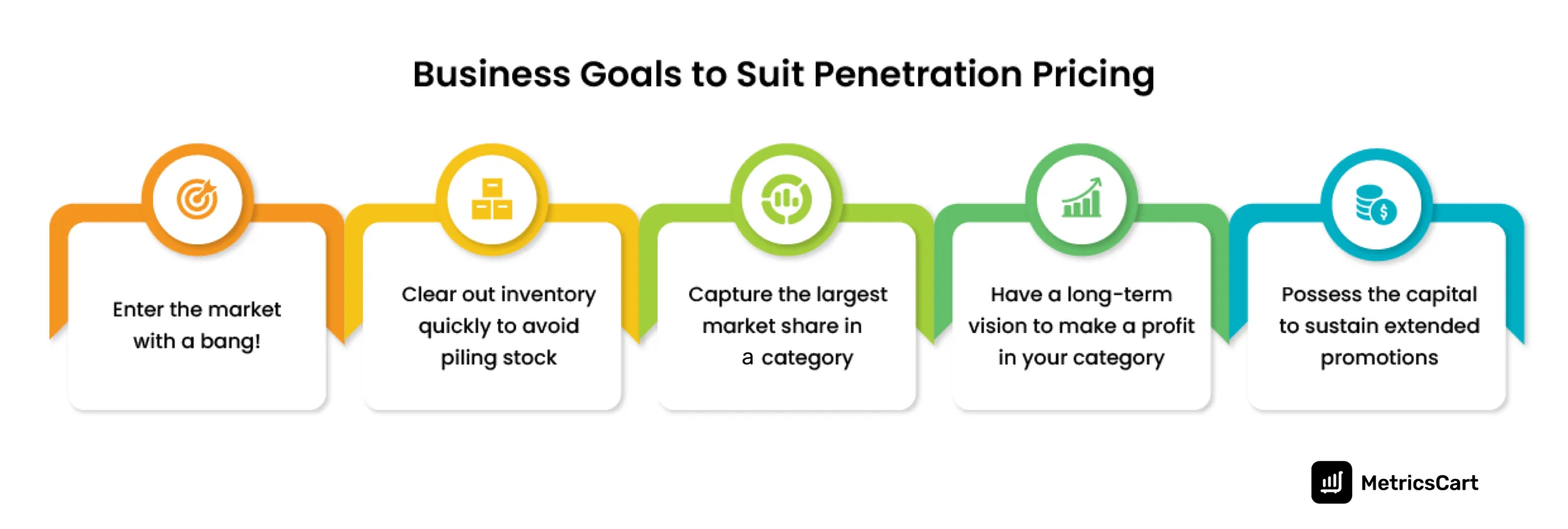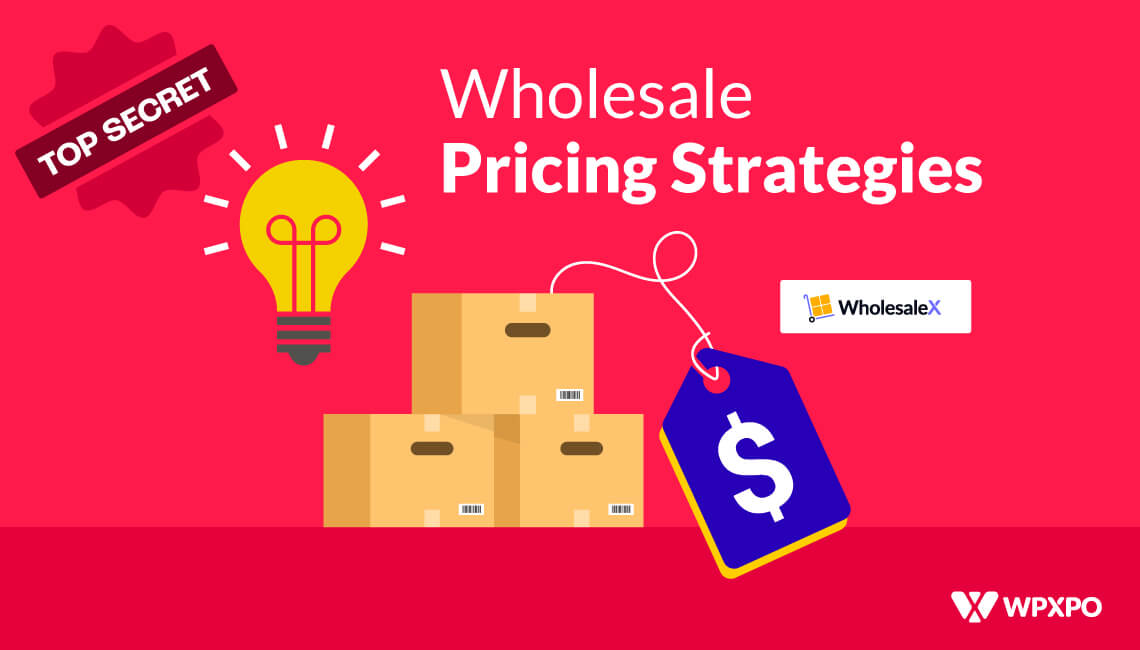How to Change Your Pricing Strategy for Different Market Segments
How to Change Your Pricing Strategy for Different Market Segments
Blog Article

Master Effective Pricing Approaches to Maximize Revenue
In the ever-evolving landscape of commerce, grasping efficient rates approaches is crucial for businesses aiming to maximize revenue. A nuanced understanding of prices psychology can substantially affect customer behavior and purchasing decisions.
Understanding Rates Psychology
Comprehending rates psychology is essential for services intending to maximize their rates strategies. This area takes a look at how consumers regard rates and how these understandings affect their purchasing choices. Key principles in pricing psychology consist of the anchoring result, where the first price offered functions as a referral point for consumers, and the principle of price level of sensitivity, which differs amongst various consumer sectors.
In addition, services can utilize the idea of viewed value, where the regarded advantages of a services or product can validate a greater cost factor. For circumstances, costs rates can produce an aura of exclusivity, bring in customers that link greater costs with premium high quality. On the various other hand, mental pricing, such as establishing a rate at $9.99 rather of $10, can significantly influence customer behavior by making costs appear a lot more attractive.
Furthermore, shortage and seriousness can boost the regarded value of products, motivating quicker getting choices. Recognizing these psychological triggers allows services to create rates approaches that not only drive sales yet also foster consumer loyalty. Therefore, understanding pricing psychology is vital for reliable rates method formulation, causing enhanced profitability and market positioning.
Executing Value-Based Prices

Next, section your customers based on their determination to pay and the value they perceive. By doing so, you can tailor offerings and rates strategies to align with different sectors.
Continuously keep an eye on market conditions and consumer responses to fine-tune your prices strategy over time. By implementing value-based rates, businesses can enhance productivity while cultivating long-term customer commitment.
Checking Out Dynamic Pricing Designs
In today's quickly altering market landscape, dynamic prices models have emerged as a powerful approach for organizations looking for to enhance income and react to changes sought after. These versions permit business to change their rates in real-time based on numerous variables such as consumer behavior, market trends, and supply degrees. By leveraging data analytics and formulas, businesses can recognize optimum pricing points that optimize sales while remaining affordable.
Dynamic rates can take numerous types, consisting of time-based pricing, where costs fluctuate based on time of day or period, and demand-based pricing, which changes prices according to existing customer need. This versatility not just boosts earnings yet additionally boosts client complete satisfaction by using costs that reflect real-time market conditions.
Carrying out vibrant prices calls for a durable technical framework and a deep understanding of customer segments. Transparent communication about prices adjustments can assist mitigate consumer discontentment and foster depend on, ultimately leading to sustained productivity in a competitive market.
Studying Rival Prices
Monitoring competitor pricing is necessary for companies aiming to preserve a competitive edge in their corresponding markets. By evaluating competitors' rates strategies, business can recognize market patterns, understand customer preferences, and readjust their prices accordingly. This analysis entails event data on rivals' costs, marketing approaches, and item offerings to educate pricing choices.
To effectively evaluate competitor rates, services must make use of different tools and techniques, such as price tracking software, market research reports, and client comments. This information can reveal just how rivals position their products and solutions, permitting services to separate their offerings or take on comparable techniques to continue to be relevant.
Furthermore, it is important to categorize rivals into straight and indirect competitors. Straight rivals provide comparable items or services, while click over here now indirect rivals might fulfill the exact same customer demand with different remedies. Recognizing the subtleties article source between these groups will allow services to tailor their pricing techniques more efficiently.
Ultimately, recurring competitor pricing evaluation is essential for making informed pricing choices. It permits companies to remain active in response to market shifts, ensuring they can confiscate opportunities and reduce dangers related to prices approaches.
Examining Rates Performance
Understanding how competitor prices affects market characteristics causes an all-natural concentrate on reviewing pricing efficiency within one's very own organization. This evaluation is essential for identifying locations of strength and possibilities for renovation, inevitably enhancing productivity.

Furthermore, performing regular pricing audits can expose discrepancies between anticipated and actual efficiency. This involves comparing pricing information across different sections and channels to recognize variances and recognize trends. In addition, integrating customer responses can give understandings into perceived value versus actual prices, guaranteeing alignment with market assumptions.
Last but not least, leveraging data analytics tools can help with deeper understandings right into rates performance, making it possible for businesses to make data-driven adjustments (Pricing Strategy). By constantly evaluating pricing performance, companies can adapt to market adjustments and enhance their approaches, making sure sustained profitability in a competitive landscape
Verdict
Reliable prices approaches are necessary for maximizing profit in an open market. By leveraging rates psychology, services can boost viewed worth and tailor pricing to diverse client sections. The fostering of value-based and vibrant pricing designs helps with real-time adjustments based upon demand and client willingness to pay. In addition, constant evaluation of competitor pricing and efficiency metrics makes sure calculated agility. Inevitably, a comprehensive method to prices not just drives productivity however additionally cultivates consumer complete satisfaction and commitment.
Understanding pricing psychology is critical for services aiming to maximize their pricing techniques. Recognizing these mental triggers makes it possible for organizations to formulate prices strategies that not just drive sales however additionally foster customer commitment. Hence, mastering prices psychology is imp source important for effective rates method formulation, leading to enhanced profitability and market positioning.
By analyzing competitors' prices strategies, companies can identify market fads, recognize customer preferences, and change their prices as necessary. By leveraging prices psychology, businesses can enhance viewed value and tailor rates to diverse consumer sections.
Report this page